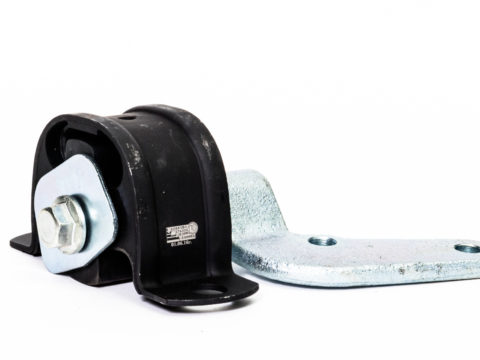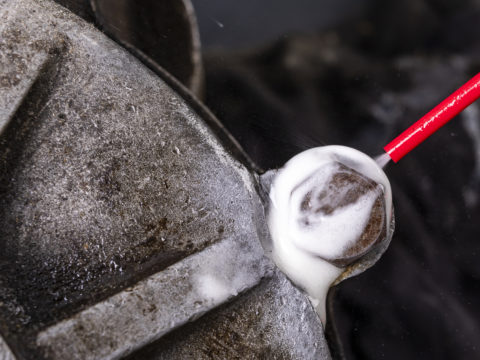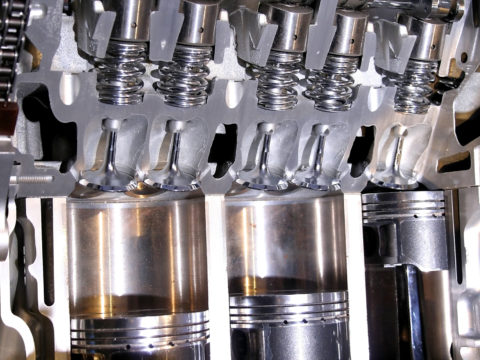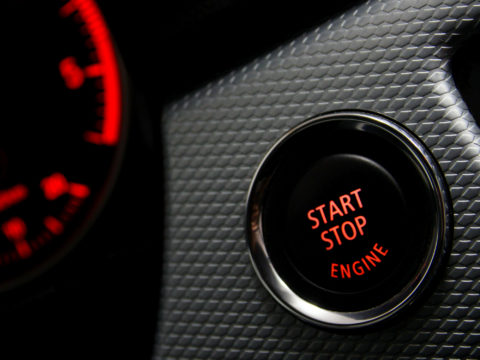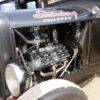The 6.7 Powerstroke does not have a long history, only dating back to 2011. On the whole, buying a Ford with one of these engines will serve you well, but there were a few early years when they had not ironed out the kinks yet.
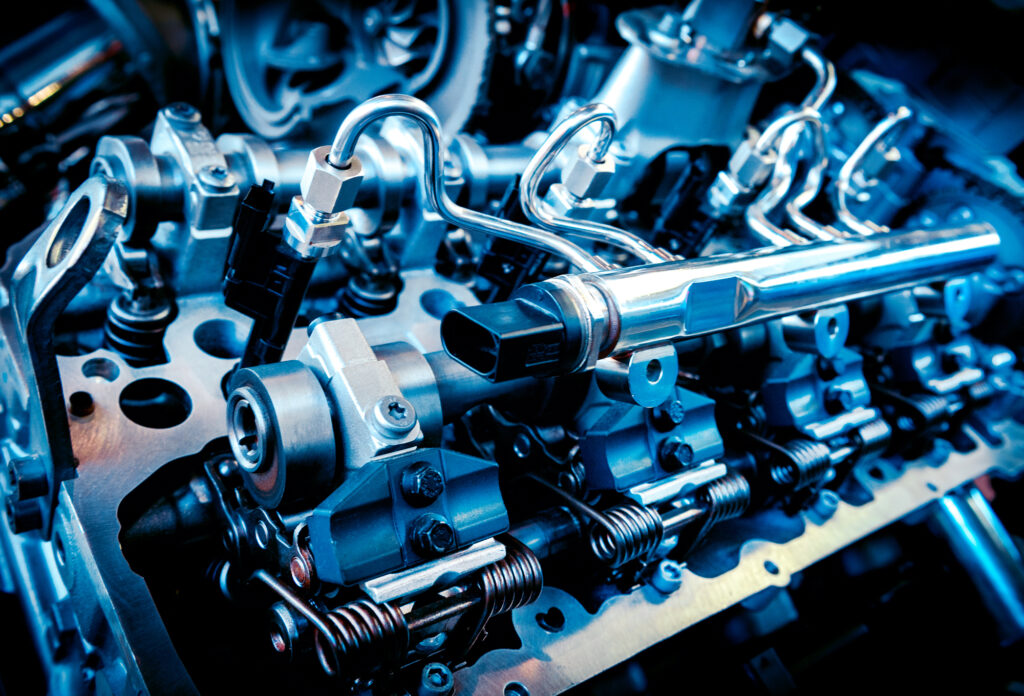
Contents
About the 6.7 Powerstroke Engines
In the short life of the 6.7 Powerstroke, there have only been three generations. The first generation had all the significant problems you will see below.
Interestingly, not everyone has problems with their first gen engines. Some people who know how to take exceptional care of their trucks do not experience such problems.
The three generations break down as such:
- 1st Generation: 2011-2014
- 2nd Generation: 2015-2019
- 3rd Generation: 2020 to present day
The second generation primarily focused on correcting the problems discovered in the first generation. Since the second generation successfully ironed out the kinks, the third generation underwent some redesigns for more power and efficiency.
Is a 6.7 Powerstroke Engine Reliable?
Yes, but there is a catch. You should only buy the 6.7 from 2015 onward. The problems discussed below plagued the first generation of 6.7 Powerstroke engines from 2011 to 2014.
In 2015 Ford redesigned everything that was causing problems, and the 6.7 is now a reliable engine many people love and rely on for daily work.
Common Ford 6.7L Powerstroke Engine Problems
There were five common problems with the first generation. In some cases, the problems could become very expensive.
Radiator Coolant Leaks
Many old or first-gen 6.7 owners noticed that low-coolant levels often occurred. The Power Stroke engine has two radiators, and people noticed the primary one seemed the most unreliable.
Whether you see a low-coolant indicator or have overheating problems, assuming that there is a coolant leak is a safe thing to do. Upgrading the OEM radiator is a reliable fix.
Overheating from a Clogged or Failed EGR Cooler
The EGR cooler exists because of emissions standards, specifically the Euro 6 standards. You may see an engine code P0401 or see that the engine is overheating. Either way, the EGR cooler may be the problem.
The EGR cools down the exhaust gas that gets recirculated into the engine. When uncooled, the NOx (toxic nitrogen oxide molecules) remains high, and cooling lowers the levels. The result is more eco-friendly emissions.
Since a lot of carbon gets into the EGR core as well, clogging is a common problem. EGR cooler problems emerged on the 6.7 version and did not often appear in previous engines.
When the EGR gets clogged, the first problem is higher emissions. Left unfixed, the problem can eventually cause the engine to overheat, stall, or completely fail in the worst-case scenario. The solution is to buy a new EGR cooler which costs about $150.
EGT Sensor Issues
The 6.7 Powerstroke has four EGT (exhaust gas temperature) sensors. Any sensor could fail for various reasons. While the possibility exists that only one fails, sometimes all four fail.
The good news is you can avoid expensive repairs because Ford covers the problem with an extended warranty. Of the problems the first generation 6.7 engines experienced, EGT sensor issues were among the most common.
Simply replacing the sensor may only solve the problem temporarily. The issue is probably a faulty sensor, but you want to be sure you avoid major issues that are triggering the sensor.
Most people arrive at the repair shop after the “Check Engine” light comes on. Usually, the engine is not damaged, but going to the shop is still an extra burden most people do not need.
Turbocharger Problems
The 6.7 Powerstroke is a powerful engine with 390 hp and 735lb/ft of torque. With that much power, you need to consider the engine’s output when you add a turbocharger. Ford forgot to, and frustrated owners paid the price.
Everything was fine for most people who were not testing the upper limits of their engines. For those who did, the damage was to the tune of $1,000 to $2,000.
Using the wrong turbocharger was bad enough, but Ford also used a faulty ceramic bearing. The bearing was too weak for the engine and could easily break.
Injection Pump Problems
Injection pump failure was another problem that plagued owners of the first-generation 6.7 Powerstroke. After enough people experienced the problem, the search for the cause began.
Ultimately, Ford discovered that the Bosch CP4.2 injection pump was the wrong choice for the 6.7. The problem occurred with other vehicles too. Research linked the issue to debris passing through the fuel system.
Metal debris makes contact with the pump, and the damage can cost a few hundred dollars, up to $750+. But the story does not end there. More damage can occur, affecting the lines, regulators, and even the injector.
Damage of this magnitude can lead to replacing the entire fuel system. Repair costs depend on a quote from a qualified mechanic, but the worst-case scenario can come to $10,000.
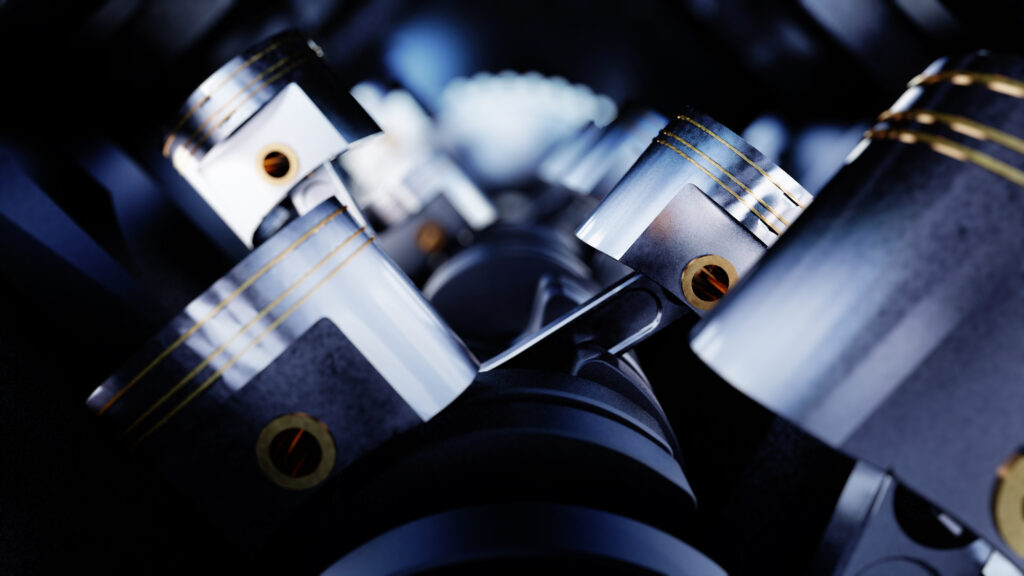
6.7 Powerstroke Life Expectancy
The 6.7 Powerstroke has been around long enough to prove that surviving past the 200,000-mile mark with few repairs is likely. If you service the engine at the recommended intervals, seeing 300 to 400 thousand miles should be normal.
6.7 Powerstroke Years to Avoid and Why?
Normally, when discussing what automobile models to avoid, there will be a few good years here and a few there, but not with the 6.7 Powerstroke.
Since this Ford engine is not very old, there are no good and bad generations dating back several decades. In this case, Ford could not get the engine to work reliably for the first generation, 2011 – 2014.
After those first four bumpy years, everything changed. Remember that the first generation of many automobiles has problems that the manufacturer has to fix.
Most of the problems plagued all four years, but a few upgrades were going on each year before the first complete redesign, making what some consider a near-perfect engine in 2015.
2011
Radiator leaks and failures were more common in 2011. However, based on the track record of the 6.7 since then, Ford seems to have made some modifications that made the radiators more reliable.
There are two radiators, but the primary one closest to the engine usually has the problem. A leak develops where a crimp joins the plastic tank with a metal center. Many people have success switching to an all-aluminum radiator which increases efficiency.
Another 2011 problem was faulty glow plugs that could break off and lead to considerable engine damage. Later models fixed the problem. If you buy a 2011 model, inquire about the glow plugs or replace them to be safe.
2012
In 2011, turbocharger issues popped up, which continued into 2012. As discussed above, ceramic bearings were a bad choice. So Ford changed to steel bearings which work better.
2013 – 2014
With the radiator and turbo problems being more common from 2011-2012, three problems remain between 2013-2014: the EGR Cooler, EGT Sensor, and the injection pump. While any of these problems could occur before 2013, the problems listed above in 2011 and 2012 were more common during those years.
After dealing with five major problems in four years, three of which were more common in the last two years, Ford’s decision to do a complete redesign that fixed everything in 2015 surprised no one.
Best Years for the 6.7 Powerstroke
After the problems plaguing the engine from 2011-2014, Ford redesigned the engine for the 2015 lineup. Many owners say that the 2015 design changed everything and turned a problem-ridden engine into a masterpiece of design and manufacturing.
The benefits did not stop there. From 2015 to the present day in 2022, all of the 6.7 Powerstrokes have offered fantastic reliability and power. So whether you buy new or secondhand, from 2015 onward, you know that you are in good hands.
These improvements have occurred gradually over the last eight years:
- Better cylinder head design
- Engine block improvements
- Extra DPF outlet sensor module added
- Lower compression ratio
- Enhanced turbo design
- Injection system upgrade
- Larger crankshaft damper
- EGR cooler flow redesign
While Ford essentially fixed all of the problems from the first generation in 2015, there is no such thing as a perfect engine. Everyone knows engines can have problems. Unfortunately, flaws become unforgivable when customers have to dish out tons of money on frequent repairs.
Some flaws even become engine-destroying nightmares. When manufacturers like Ford can reduce problems to minor issues, customers will take notice and reward their hard work.
Despite all the improvements, some of these issues can still arise:
- Fan clutch
- Crankshaft damper
- EGR cooler flow
Should You Buy a 6.7 Powerstroke Engine?
From 2015 onward, yes, the 6.7 Powerstroke will serve you well. The good news is only the first generation of 6.7 Powerstrokes has given people significant problems.
Furthermore, there is no shortage of first-generation owners who have taken great care of their engines and experienced little to no problems.
However, Ford developed the marketing motto “Built Ford Tough” because many Ford owners need to hop in the truck and get to work.

